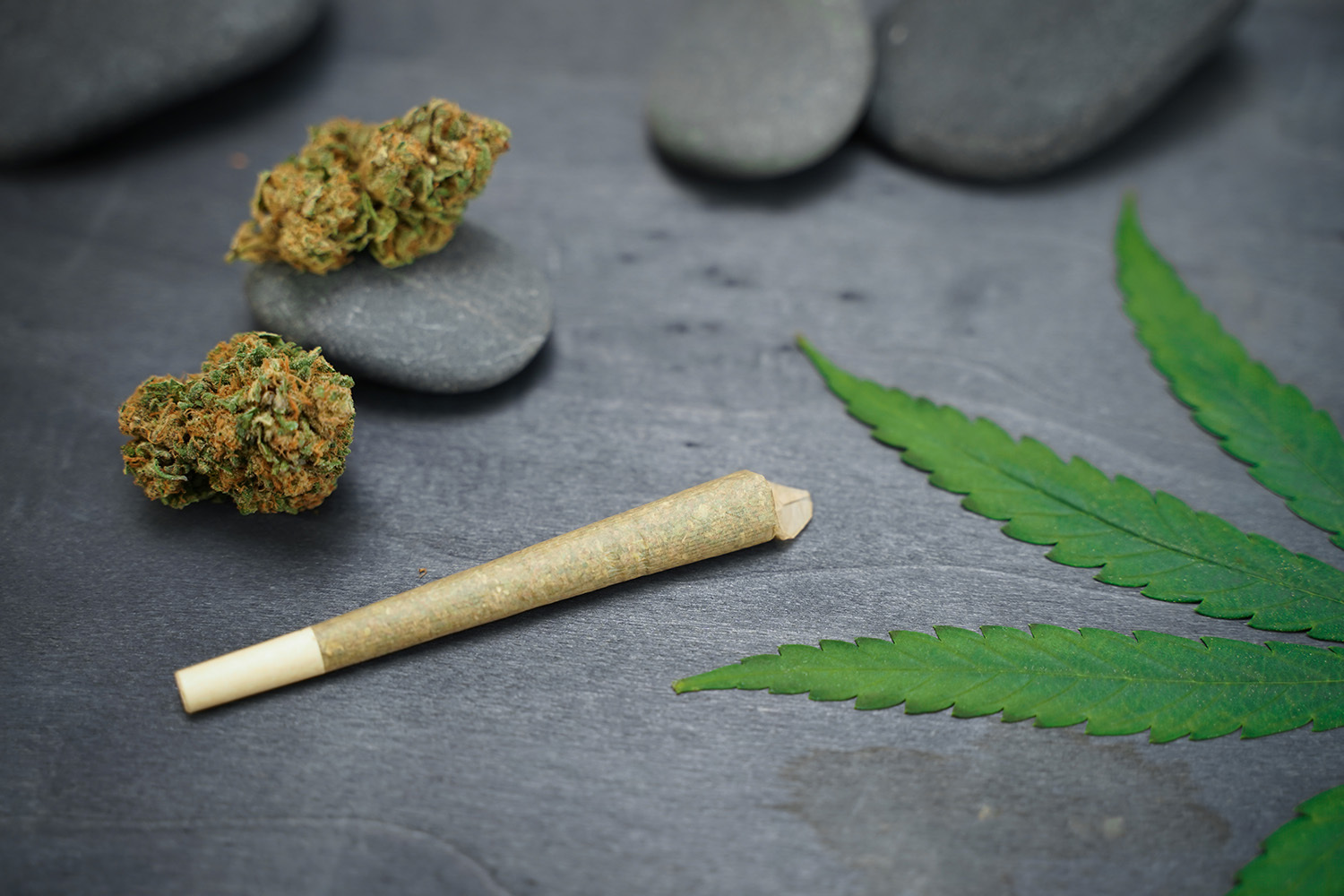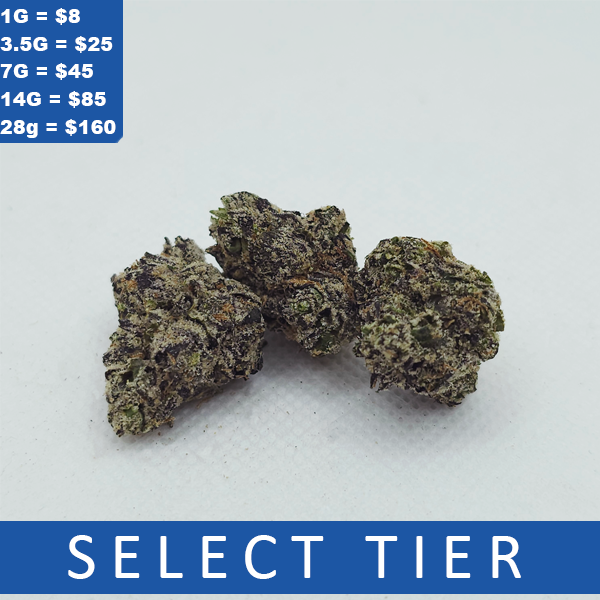Although cannabis has been used for millennia for both medicinal and recreational purposes, scientists and researchers have only just begun to fully understand this complex plant. The entourage effect is one of the most fascinating occurrences related to cannabis, and it’s a key idea in comprehending how the plant affects the human body. We will discuss the entourage effect, what it means for cannabis users, and how it affects the wide range of benefits that cannabis may have in this in-depth tutorial.
The Cannabis Plant’s Breakdown
Understanding the cannabis plant itself is crucial before exploring the entourage effect. Three main species comprise the genus Cannabis, which is comprised of flowering plants: Cannabis sativa, Cannabis indica, and Cannabis ruderalis. While every species has its own distinct traits, development cycles, and chemical compositions, the most often grown and consumed strains of cannabis by people are mostly indica and sativa varieties.
Of the more than 100 distinct chemicals found in the cannabis plant, delta-9-tetrahydrocannabinol (THC) and cannabidiol (CBD) are two of the most well-known. The “high” that comes from using cannabis is caused by the psychoactive chemical THC, whereas CBD is non-psychoactive and may have a number of medical uses.
Apart from cannabinoids, cannabis also consists of fragrant substances known as terpenes. Terpenes are principally responsible for the entourage effect and give many cannabis strains their unique scents and aromas.
Defining the Entourage Effect
The phrase “entourage effect” was developed to characterize the mutually beneficial interaction between the several chemicals present in the cannabis plant, especially terpenes and THC. This phenomenon implies that the overall impact of all these chemicals acting in concert is larger than the sum of each one’s effects acting alone.
Put more simply, the presence of several cannabinoids and terpenes increases the overall experience and benefits of cannabis consumption. This idea emphasizes the value of using the entire plant as medicine and opposes the reductionist strategy of separating out particular chemicals.
Let’s look at the interaction between THC and CBD to demonstrate the entourage effect. THC and CBD have been shown to mitigate each other’s effects when taken simultaneously. By reducing some of the anxiety and paranoia that are frequently brought on by high THC dosages, CBD helps make users’ experiences more tolerable and pleasurable overall. This interaction between cannabinoids is a prime example of the entourage effect.
The Entourage Effect and Cannabinoids’ Role
It is cannabinoids that primarily cause the entourage effect. The most well-known cannabinoids are THC and CBD, as was previously noted, but there are several more, each with special qualities and possible medical uses. Among the lesser-known cannabis compounds are:
- Cannabigerol (CBG): Also referred to as the “stem cell” cannabinoid, CBG is a precursor to other cannabinoids and has demonstrated potential for use in a number of medicinal contexts, including neuroprotective and anti-inflammatory benefits.
- Cannabinol (CBN): Older cannabis is frequently linked to CBN. It may have sedative qualities and is somewhat psychedelic, which might help with sleep difficulties.
- Tetrahydrocannabivarin (THCV): THCV is a promising treatment for neurological illnesses and weight control since it may have appetite-suppressing and neuroprotective effects.
- Cannabichromene (CBC): Research on CBC’s analgesic and anti-inflammatory properties suggests it might be helpful in the treatment of pain.
- Cannabidivarin (CBDV): CBDV is being studied for its potential to treat epilepsy and other neurological problems. It has some similarities to CBD.
- Delta-8-tetrahydrocannabinol (Delta-8-THC): A less potent substitute for conventional THC, Delta-8-THC is becoming more and more popular. Its effects are comparable to those of Delta-9-THC but less strong.
Together, these cannabinoids in the same cannabis strain can have a variety of benefits, ranging from exhilaration and creativity to pain relief and relaxation. The kind and strength of effects a strain generates are determined by the precise ratio and amount of cannabinoids in it.
Terpenes: The Entourage’s Aromas
As important as cannabinoids are in the entourage effect, terpenes are just as important. Terpenes are aromatic molecules that are present in many plants, not only cannabis. They are responsible for the unique aromas and odors that are associated with diverse strains of the plant. But terpenes aren’t only for the senses; they also have medicinal qualities of their own and can affect the effects of cannabis as a whole.
The following are some typical terpenes in cannabis and some possible impacts of them:
- Myrcene: Known for its calming and relaxing qualities, myrcene is present in many cannabis strains. Some people may have a sense of “couch-lock” as a result of it.
- Limonene: Limonene is thought to have mood-enhancing and anti-anxiety properties. It has a lemony fragrance. It could also give you more energy.
- Pinene: Pineene smells piney, as its name implies. It may mitigate certain memory deficits linked to THC and is believed to improve alertness and memory.
- Caryophyllene: Caryophyllene may be an anti-inflammatory and pain-relieving substance. It smells spicy and peppery. Like cannabinoids, it interacts with the body’s endocannabinoid system.
- Linalool: This plant has a calming, tranquil aroma and is well-known for its flowery, lavender-like perfume. It could be beneficial for sleep issues and anxiety.
- Humulene: Thought to have anti-inflammatory and appetite-suppressive qualities, humulene is found in hops and some cannabis strains.
A cannabis strain’s ability to combine certain terpenes with cannabinoids can result in a variety of impacts and medicinal advantages. This explains why users may have markedly different effects from two strains with the identical cannabinoid content but distinct terpene profiles.
How the Entourage Effect Affects the Effects of Cannabis
After learning about the part terpenes and cannabinoids play in the entourage effect, let’s investigate how this phenomena affects the effects of cannabis. The entourage effect can take many different forms, impacting the medicinal and euphoric elements of cannabis use:
- Enhanced Therapeutic advantages: The combined effects of many terpenes and cannabinoids may increase the therapeutic advantages of cannabis. For instance, compared to a strain that just contains CBD, a strain that has high amounts of both myrcene and CBD may provide better pain relief and relaxation.
- Balanced Psychoactive Effects: THC’s psychoactive effects can be somewhat counterbalanced by the entourage effect. Combining THC and CBD with certain terpenes like limonene may result in a strain that offers a more pleasant and controllable high while lowering the anxiety and paranoia that high THC levels are generally linked to.
- varied Effects Among Strains: Because each cannabis strain has a varied ratio of terpenes to cannabinoids, the effects of the strains might range greatly. While certain strains are more sedative and peaceful, others may be stimulating and improve attention. Knowing the entourage effect can assist consumers in choosing strains that conform to the intended outcomes.
- Customized Medicinal Use: By adjusting their therapy to meet their individual requirements, medical cannabis users can take advantage of the entourage effect. Patients can treat a variety of medical ailments, including long-term pain, anxiety, epilepsy, and nausea, by choosing strains with the ideal ratio of terpenes to cannabinoids.
- Reduced Side Effects: Using cannabis can have its negative effects lessened by specific terpenes and cannabinoids. Strains that are strong in CBD, for example, may mitigate the memory impairment linked to THC, enabling users to benefit from the medicinal advantages without experiencing cognitive side effects.
Useful Consequences of the Entourage Effect
Comprehending the entourage effect has significance for individuals utilizing cannabis for recreational and therapeutic purposes. Key learnings include the following:
- Strain Selection: Take into account the precise effects you’re looking for while selecting a cannabis strain. Examine the strain’s terpene and cannabinoid profile to make sure it complements your intended experience, be it pain reduction, relaxation, or something else entirely.
- Dosage Management: The entourage effect may affect how cannabis affects you. To determine your ideal dose, start with lesser amounts, especially if you’re new to cannabis or trying a new strain. Then, progressively increase as necessary.
- Medical Applications: Patients utilizing medical cannabis need to collaborate with medical experts to ascertain strains that specifically address their particular ailments. Treatment plans might be more individualized and successful because to the entourage effect.
- Experimentation: There are a plethora of strains and products accessible in the vastly diversified world of cannabis. Don’t be afraid to try out different strains and experiment to see which one suits you the best.
- Take Into Account Full-Spectrum Products: Full-spectrum cannabis products are frequently recommended for achieving the entourage effect since they include a variety of terpenes and cannabinoids. Compared to isolates, these products provide a more comprehensive and well-rounded cannabis experience.
- Legal Considerations: Know the laws governing cannabis in your community, and use it sensibly while abiding by established norms.
Cannabis Research’s Future
Researchers have the chance to carry out more thorough investigations on the entourage effect and its possible advantages as cannabis legalization spreads. New cannabis strains and products that are especially designed for particular medicinal ailments or desired experiences could result from this study.
Furthermore, cannabis is not the only substance that has the entourage effect. The research of other plants and compounds with numerous active components may be affected. Novel techniques in health and wellness may become possible with an understanding of the interactions between these chemicals.
Verdict
The significance of the entire cannabis plant and all of its many chemicals is highlighted by the intriguing and intricate entourage effect. Cannabis users may choose strains, doses, and medicinal applications with more knowledge if they take into account the interaction between terpenes and cannabinoids. We may anticipate a better knowledge of the entourage effect and how it might completely change how we utilize the power of this amazing plant as cannabis study advances. In your exploration of the world of cannabis, the entourage effect is an important consideration regardless of whether you’re taking it for medical or recreational purposes.







